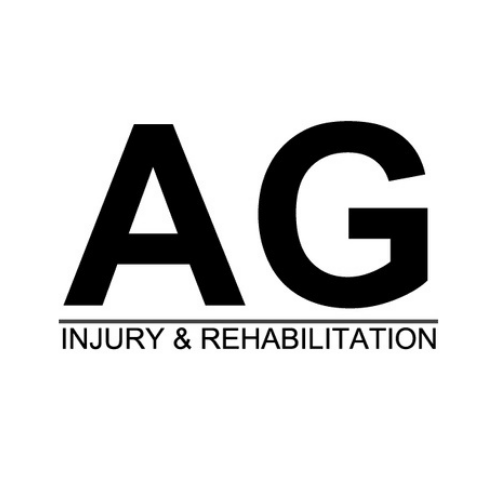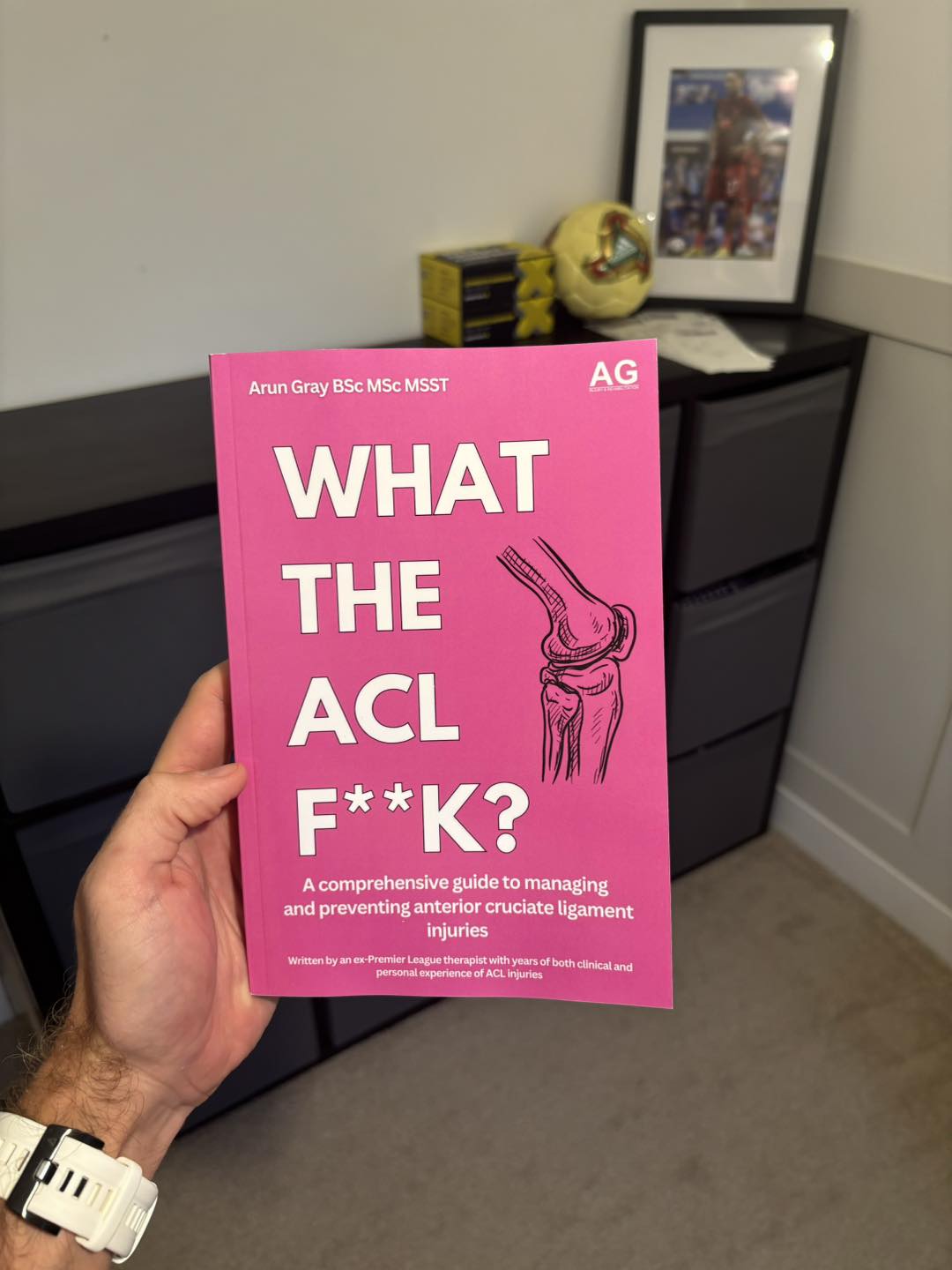Every 45 seconds, someone in the United States undergoes ACL surgery, making it one of the most common orthopedic procedures performed today. This crucial operation has transformed countless athletes' careers and helped everyday individuals regain their active lifestyles.
From revolutionary minimally invasive techniques to cutting-edge biological approaches like the BEAR procedure, ACL surgery has evolved dramatically since its inception. Understanding the intricacies of this operation, from surgical options to recovery timelines, can help patients make informed decisions about their knee health and future mobility.
Understanding the Anterior Cruciate Ligament (ACL)
The Anterior Cruciate Ligament is a strong band of connective tissue that runs from the femur to the tibia in the knee joint. This essential ligament measures between 27-38 millimeters in length and 10-12 millimeters in width, consisting of 90% type I collagen and 10% type III collagen.
The ACL plays a vital role in knee stability by preventing excessive forward movement of the tibia and controlling internal rotation of the knee. This function becomes particularly important during activities that involve quick direction changes, jumping, and landing.
Several factors can increase the risk of ACL injuries. Women face a higher chance of ACL tears compared to men. Athletes between 15-45 years old who participate in sports with sudden stops and direction changes are particularly susceptible. Previous ACL injuries also raise the likelihood of future tears, making proper treatment and rehabilitation essential for long-term knee health.
Types of ACL Surgeries
ACL reconstruction surgery stands as the primary surgical option for restoring knee stability. Doctors typically recommend this procedure for patients under 25 years old, those with significant knee instability, or individuals who maintain high activity levels. The surgery involves replacing the damaged ligament with a tissue graft.
For patients over 35 who have minimal knee instability and lower activity requirements, non-surgical treatment might work better. This approach focuses on strengthening exercises and activity modifications.
A newer surgical option, the BEAR procedure, offers an alternative to traditional reconstruction. This method uses a special protein bridge to help the body heal its own ACL instead of replacing it. The technique shows promise, particularly for specific types of tears.
The choice between these options depends on several factors: the patient's age, daily activities, degree of knee instability, and presence of other knee injuries. Athletes and younger patients often benefit most from reconstruction, while older, less active individuals might do well with non-surgical approaches.
Surgical Procedures for ACL Reconstruction
ACL reconstruction takes place under general anesthesia, with surgeons making small incisions around the knee joint. Through these openings, doctors insert an arthroscope - a tiny camera that shows detailed images of the knee's interior on a screen.
The process starts with removing the damaged ACL. Surgeons then create bone tunnels in the tibia and femur to place the new ligament. Two main graft options exist for the replacement tissue: hamstring tendon or patellar tendon. Each type has specific benefits based on the patient's needs and activity level.
The hamstring graft uses several strands of tendon from the back of the thigh, while the patellar tendon graft comes from the front of the knee. After selecting the appropriate graft, surgeons position it through the bone tunnels and secure it with screws or other fixation devices.
The ACL reconstruction surgery allows for precise placement and reduces recovery time compared to traditional open surgery. Most patients go home the same day after the procedure.
Benefits and Risks of ACL Surgery
ACL reconstruction offers clear advantages for patients with knee instability. The surgery helps restore normal knee function and allows many people to return to their favorite sports and activities. For athletes and active individuals, the operation provides the stability needed for quick movements, jumping, and direction changes.
However, patients should know about potential complications. The risk of tearing the reconstructed ACL is 15% higher than injuring a normal ACL, with the first year after surgery showing the highest risk. Additionally, the opposite knee faces an increased chance of ACL injury following the initial tear.
The success of ACL surgery often depends on following the prescribed rehabilitation plan. Most patients who complete their post-surgical rehabilitation program regain full knee function. Sports medicine specialists report that about 80-90% of patients return to their previous activity levels, though individual results vary based on factors like age, overall health, and commitment to recovery.
Health insurance typically covers ACL operations when medically necessary, making it accessible for most patients who need it.
Post-Operative Rehabilitation Process
Recovery starts right after ACL surgery, with ankle movements to prevent blood clots. Physical therapy sessions begin 7-14 days post-operation, meeting 1-3 times weekly plus home exercises.
The first phase focuses on reducing swelling and getting the knee to bend. Patients work toward achieving 0-90 degrees of motion by their first follow-up visit. Simple exercises like leg raises and gentle knee bends help build initial strength.
As healing continues, therapy moves to strength training and conditioning. Exercises target the quadriceps, hamstrings, and surrounding muscles. Balance activities help restore stability and coordination. Physical therapists adjust the program based on each patient's progress and goals.
Most patients can walk without crutches within 2-3 weeks after surgery. The target for the first two months is reaching full knee motion (0-140 degrees). Athletes typically return to sports around 9 months post-surgery, once they show proper strength and movement control.
Expected Recovery Timeline
The road to recovery after ACL surgery follows a well-structured schedule. The first steps begin immediately after the operation, with patients performing ankle movements to prevent blood clots. Most patients start walking with crutches right away and can walk independently by weeks 2-3.
Post-surgical rehabilitation starts between days 7-14 post-surgery. Early sessions focus on basic movements and swelling control. During the first month, patients work toward bending their knee to 90 degrees. By month two, the goal is reaching full range of motion (0-140 degrees).
Light jogging often starts around month three, with strength training becoming more intense. Months 4-6 involve sport-specific exercises and agility drills. Most athletes return to their sports around month 9, once they show proper strength and movement control.
Recovery speed varies based on several factors, including:
- Age and overall health
- Following the rehab program
- Pre-surgery fitness level
- Type of sports activities
- Quality of physical therapy
Latest Advancements in ACL Surgical Techniques
The BEAR (Bridge-Enhanced ACL Repair) procedure marks a shift in ACL treatment. Unlike standard reconstruction, this method helps patients heal their original ligament using a protein-rich bridge between the torn ends. This keeps the natural attachment points and may lead to better outcomes.
Arthroscopic techniques continue to improve, offering better visualization and accuracy during surgery. Surgeons now use high-definition cameras and specialized instruments to work through small incisions, reducing tissue damage and speeding up recovery times.
Research into graft materials has led to new options beyond traditional patellar and hamstring tendons. Scientists are studying synthetic materials and improved fixation methods to create stronger repairs. Some medical centers now use computer-assisted navigation systems to place grafts more precisely.
These technical improvements mean shorter operation times and more consistent results. Patients often experience less post-operative pain and start rehabilitation sooner. As technology advances, doctors can better match surgical techniques to each patient's specific needs.
Factors to Consider When Deciding on ACL Surgery
The choice to get ACL surgery depends heavily on your lifestyle and physical demands. Active people, especially those under 25 who play sports with quick direction changes, often benefit most from surgical treatment. The operation helps restore knee stability needed for running, jumping, and cutting movements.
For less active individuals over 35, non-surgical options might work well. These include physical therapy, activity changes, and strengthening exercises. The key is matching the treatment to your daily needs and goals.
Several medical factors affect this decision. Your doctor will check:
- The amount of knee instability
- Other knee injuries
- Your overall health
- Previous knee problems
Think about your long-term plans too. ACL surgery requires 6-9 months of recovery time. While most people return to their previous activities, some develop knee arthritis later in life. Without surgery, you might need to modify certain activities, but you'll avoid surgical risks and lengthy rehabilitation.
Your job requirements, sports participation, and daily activities should guide your choice. Talk with your doctor about how each option fits your specific situation.
Making Your ACL Surgery Success Story
The journey through ACL surgery requires careful consideration, commitment to rehabilitation, and patience. While the procedure itself has become highly refined, success ultimately depends on choosing the right surgical approach for your lifestyle and dedicating yourself to the recovery process.
With modern surgical techniques and comprehensive rehabilitation programs, most patients can expect excellent outcomes. Whether you're an athlete looking to return to competitive sports or someone seeking to restore daily function, ACL surgery offers a proven path to knee stability and renewed confidence in movement.

